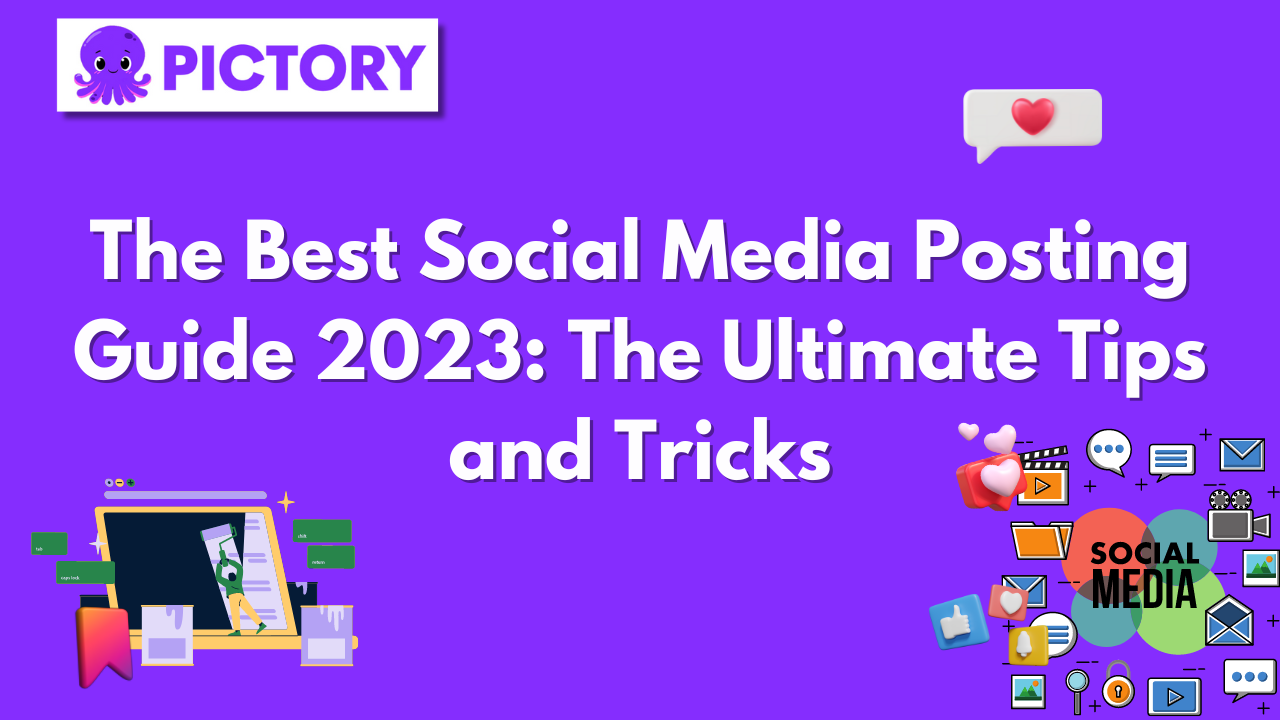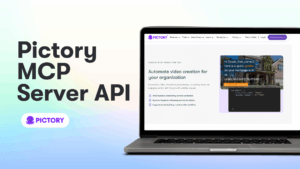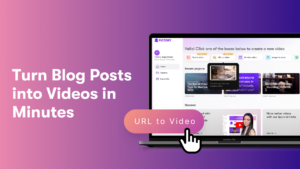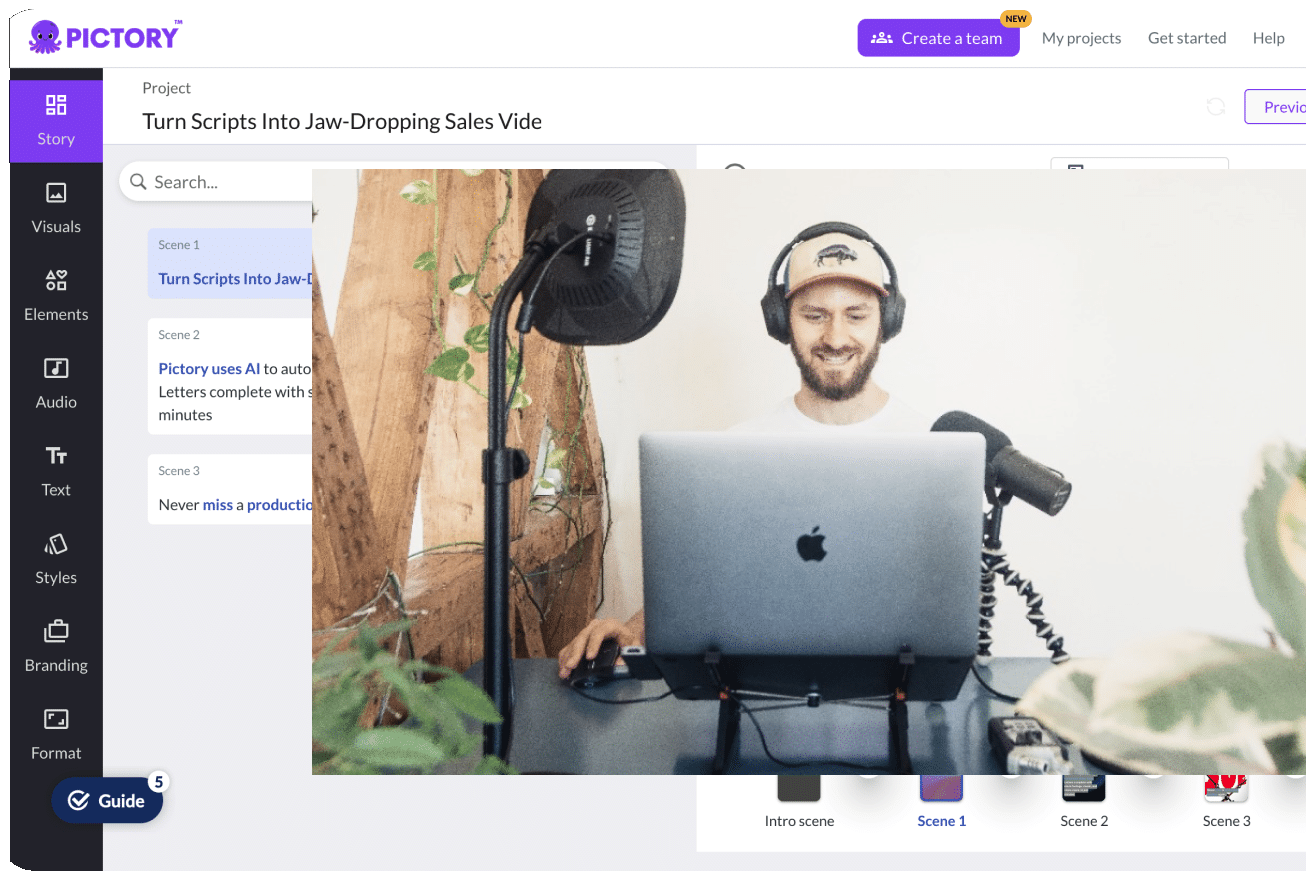The world of social media is constantly evolving, and staying ahead of the game is crucial for businesses to succeed.
A well-executed social media strategy can make all the difference in reaching your target audience and leaving a lasting impression.
Are you ready to take your social media game to the next level?
Dive into “the best social media posting guide 2023!”
Our ultimate guide is filled with tips and tricks to boost your social media presence and outshine your competition.
Short Summary
-
-
Gain insight into target audience demographics, interests and behaviours.
-
-
-
Create buyer personas to craft an effective social media strategy.
-
-
-
Utilize tools such as KPIs & reporting software for maximum ROI on campaigns.
-
Understanding Your Target Audience
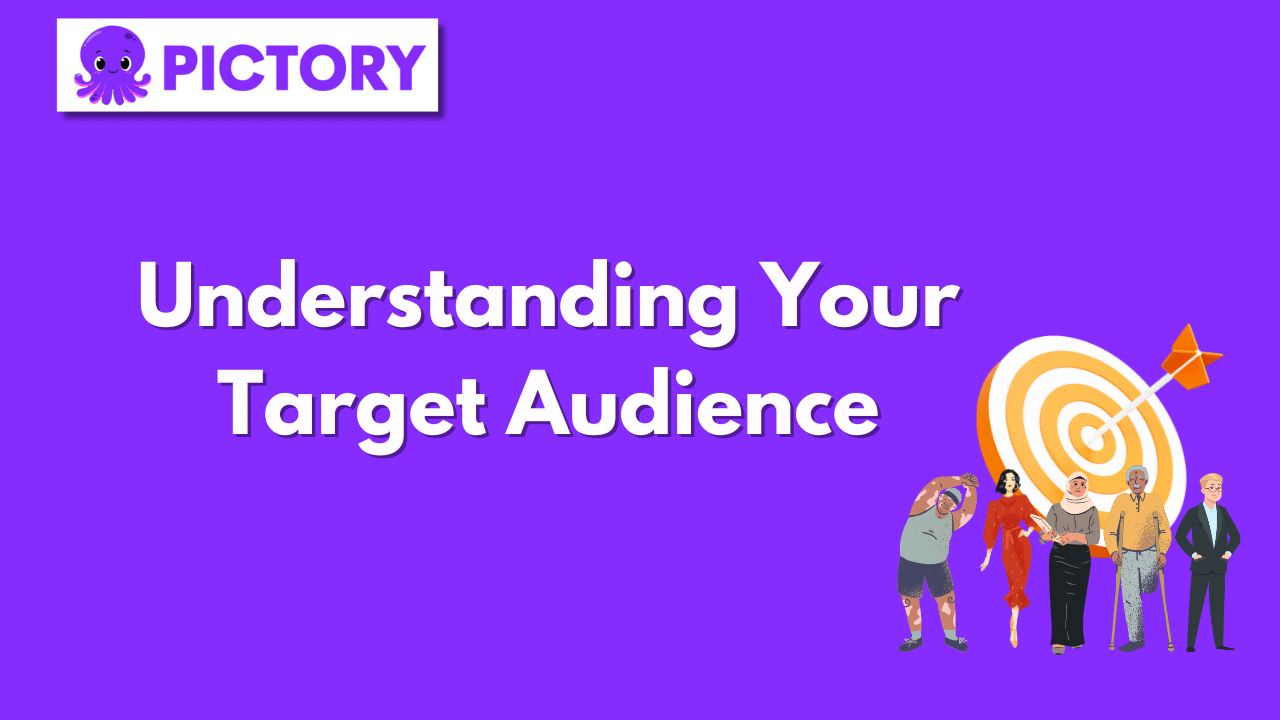
Knowing your target audience is the cornerstone of a successful social media strategy.
Gaining insights into their demographics, interests, and behaviors will help you create authentic and engaging content that resonates with them.
In fact, understanding your audience is one of the fundamental social media best practices.
So, how can you get to know your audience better?
Collecting Data
To begin, you need to identify the characteristics of your ideal customer.
Consider factors such as age, location, language, and interests.
To collect data on your target audience, you can research online studies or conduct surveys to gather insights into their preferences and behaviors.
Additionally, analyzing your existing followers and online community can help you understand how closely they align with your business interests and where you can apply social strategies to bridge any gaps.
Creating Buyer Personas
Once you’ve gathered data about your audience, it’s time to create buyer personas.
These are fictional representations of your ideal customers, which can help you target specific social media platforms and tailor your content to resonate with them.
Creating buyer personas requires researching your audience’s motivations, inspirations, and pain points, and understanding how your product or service fits as the perfect solution.
Armed with this knowledge, you’ll be better equipped to craft a social media strategy that generates engagement and drives results.
Choosing the Right Social Media Platforms
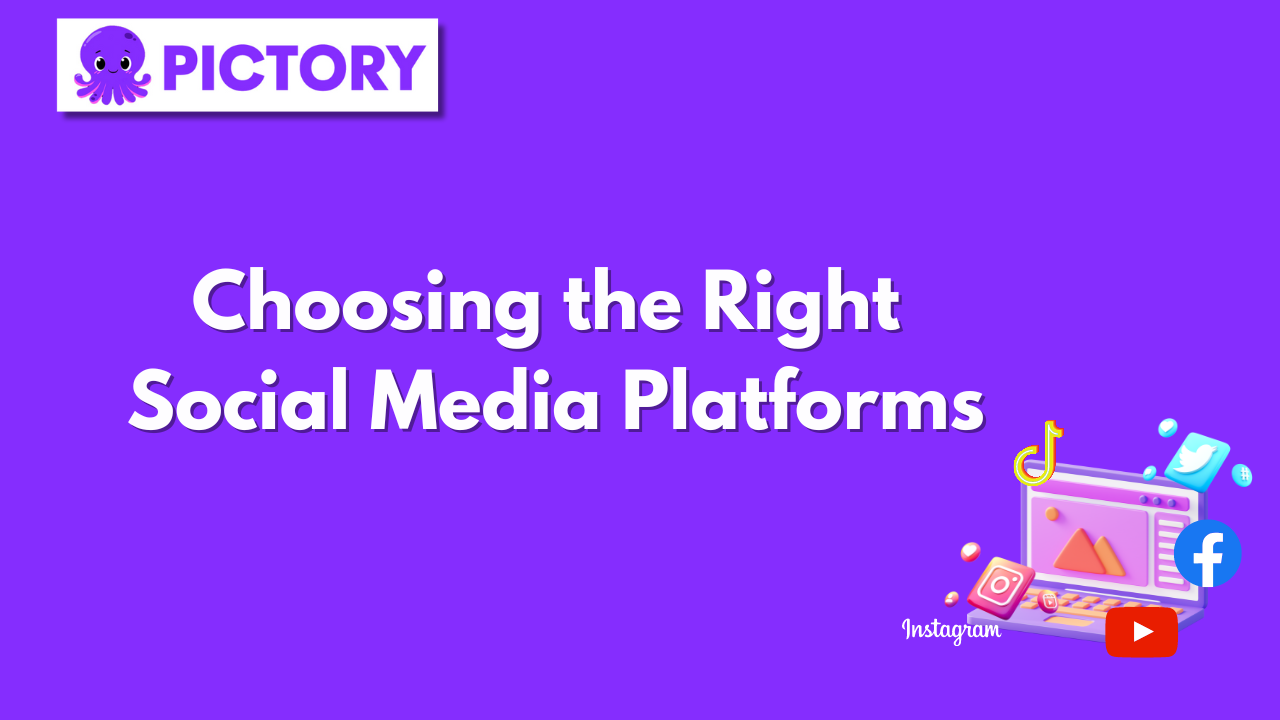
Not all social media platforms are created equal, and selecting the right ones for your business is crucial.
Your target audience’s demographics play a key role in determining which platforms will be most effective for your social media efforts.
Additionally, it’s essential to evaluate the features and benefits of each platform, factoring in the popularity of social networks among your audience and the best practices for each.
Platform Demographics
Understanding platform demographics is vital to ensure you’re reaching the right audience.
For example, Instagram boasts approximately 2 billion monthly users, while TikTok is predominantly popular among Gen-Z and Millennial consumers.
Keep an eye on emerging platforms and stay informed about the latest usage trends to make well-informed decisions about where to invest your social media marketing resources.
Platform Features and Benefits
Each social media platform has its own unique features and benefits, so it’s important to familiarize yourself with the specific requirements of each, such as image/video size and character count limitations.
Tools like Canva and Adobe Express can help you customize your media specs and caption length for each platform, ensuring your posts appear visually appealing and comply with platform regulations.
For a more in-depth look, check out our social media setup guides for Facebook, Twitter, Instagram, TikTok, Youtube, and Linkedin.
What Time Should I Post on Social Media?
Timing is critical when it comes to posting on social media, as it impacts the visibility and engagement of your content.
To determine the optimal posting time for your audience, consider factors such as their lifestyle, preferences, the day of the week, and the type of content.
Experiment with posting at different times of the day and monitor the engagement levels to identify the best time to post on each platform.
Crafting Engaging Content

Creating engaging content is the key to captivating your audience and fostering meaningful connections.
Research shows that consumers prefer authentic, unfiltered content that offers a genuine glimpse into a brand’s story.
To craft content that resonates with your audience, consider incorporating different content types, such as videos, images, helpful tips, and how-to articles.
Content Types
Selecting the right content type for your audience is crucial in capturing their attention.
Options include images, videos, GIFs, and infographics.
To create visually appealing content, leverage design tools such as Canva and Adobe Express.
Don’t be afraid to experiment with different content types and gauge their effectiveness with your target audience.
Emotional Connection
Establishing an emotional connection with your audience is a powerful way to create lasting brand loyalty.
Content that elicits an emotional response, such as stories, visuals, and emotions, can foster deeper connections and encourage audience engagement.
Use storytelling techniques to share your brand’s story and create an emotional bond with your audience.
Utilize visuals and design elements that evoke emotional responses, helping your content stand out and make a lasting impression.
Optimizing Posting Frequency and Timing

Optimizing your posting frequency and timing is essential in maximizing the reach and engagement of your content.
Experiment with different posting schedules and monitor the performance of each to determine the optimal frequency for your audience.
Utilize social media scheduling tools to automate your posting process and ensure your content is published at the most opportune times.
Analyzing Performance
Performance analysis is crucial in understanding the effectiveness of your social media strategy.
Track engagement metrics, such as likes, comments, and shares, to measure the success of your content.
Utilize tools like Hootsuite Analytics to gain deeper insights into your audience’s unique behaviors and preferences.
By monitoring your performance regularly, you can identify areas for improvement and adjust your strategy accordingly.
Scheduling Tools
Scheduling tools enable you to plan and automate your social media posts, ensuring consistency and efficiency in your content strategy.
Tools like Hootsuite, SocialBee, CoSchedule, and Agorapulse can help you optimize your posting frequency and timing.
A professional tip for creating content efficiently is to prepare a month’s worth of content in one go and schedule it in bulk using a tool like Hootsuite.
Leveraging Social Media Tools and Features
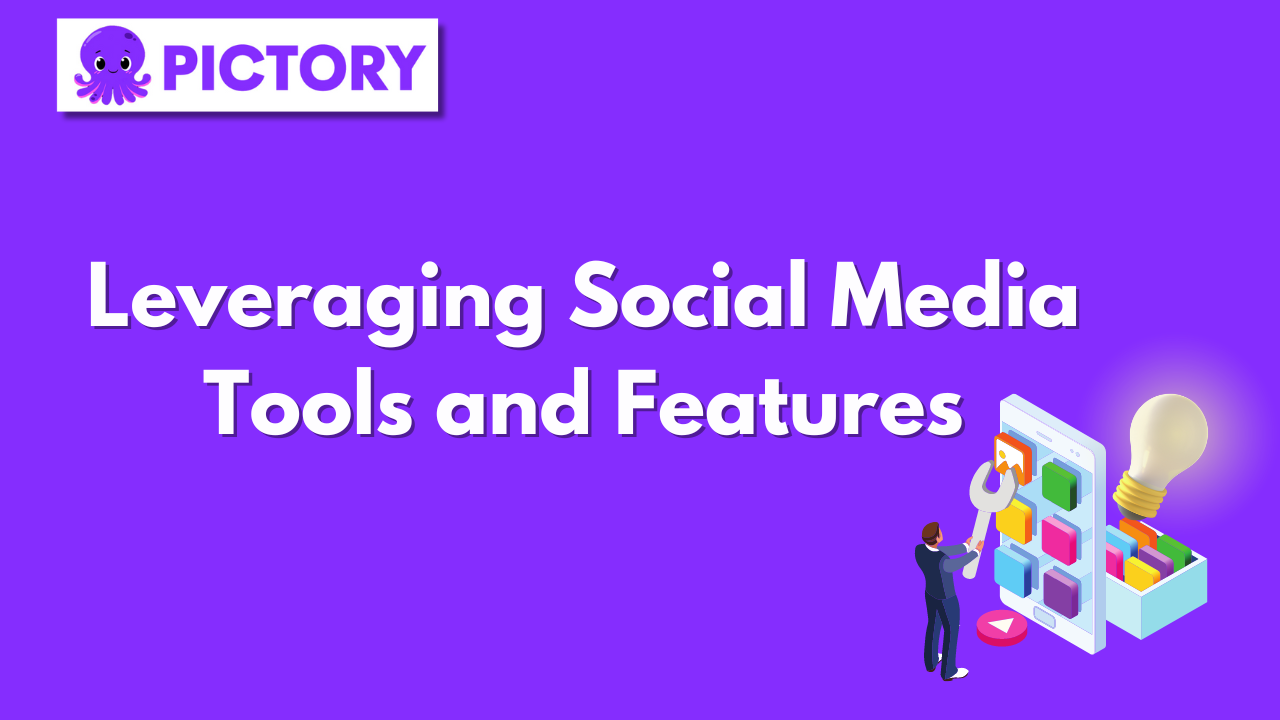
Social media tools and features can be game-changers in boosting your social media performance.
Leverage tools that help you create more effective content, manage multiple platforms, and stay ahead of the competition.
Experiment with different tools to find the ones that best suit your needs and help you achieve your social media goals.
Social Listening
Social listening involves monitoring trends and conversations in your industry to make more informed decisions.
By staying on top of industry news and engaging in social listening, you can proactively address customer concerns and provide timely responses to mentions of your brand.
This not only helps you improve your customer service but also allows you to identify potential opportunities for growth.
Hashtags and Tagging
Hashtags and tagging are powerful tools to increase the visibility of your social media posts.
Use relevant hashtags that are specific to your post and limit the number of hashtags to 3-5 for maximum effectiveness.
Tagging other users or brands can also help you gain visibility and foster engagement.
To tag someone, simply use the “@” symbol followed by their username.
Enhancing Customer Service on Social Media
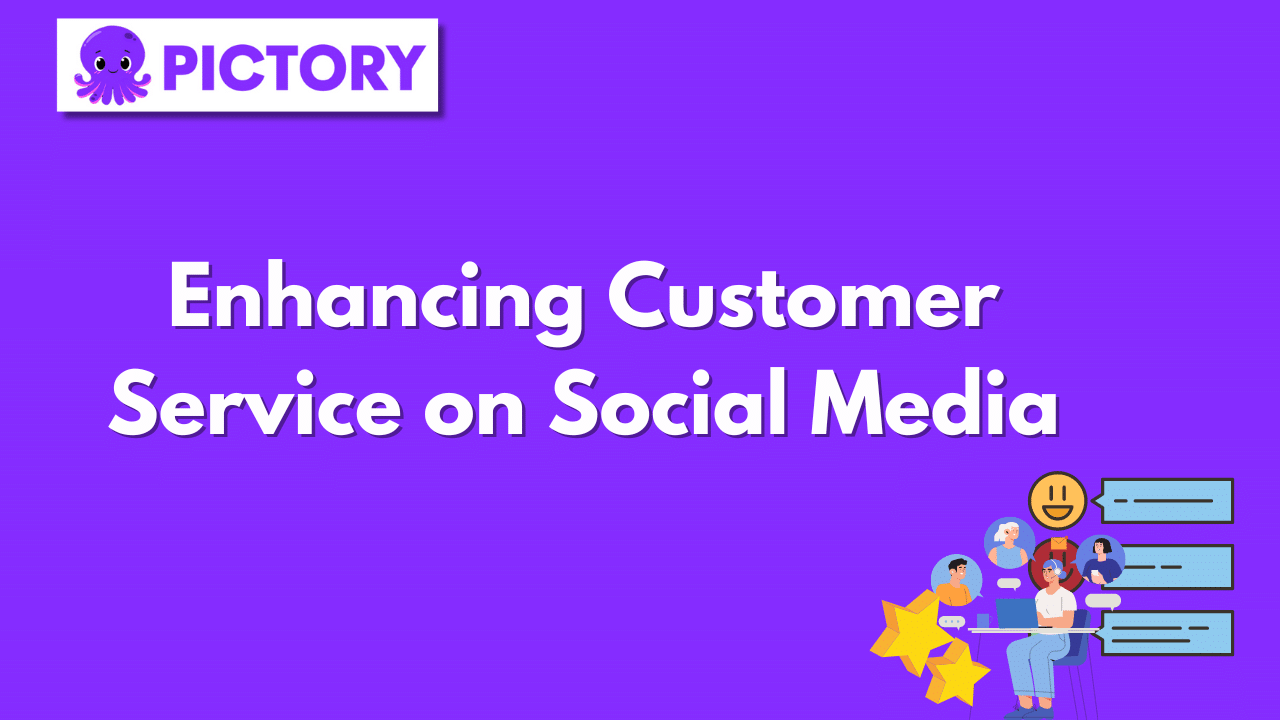
In today’s fast-paced digital landscape, customer service on social media is more important than ever.
Responding quickly to customer inquiries and providing efficient support can make a significant difference in customer satisfaction.
By implementing strategies to reduce response time and improve customer service, you can set your brand apart from the competition and foster long-lasting relationships with your customers.
Response Time
Quick response time is a key metric in evaluating customer service performance.
Customers appreciate timely responses, which can boost satisfaction and trust in your brand.
To optimize your response time, consider automating customer service processes, using customer service software, and providing training to your customer service representatives.
Separate Handles for Customer Support
Having separate handles for customer support can greatly improve your customer service on social media.
With a dedicated support handle, customers can easily reach out to you for assistance and receive timely responses.
This not only streamlines your customer service but also encourages customers to engage with your brand on social media.
Staying Ahead of the Competition
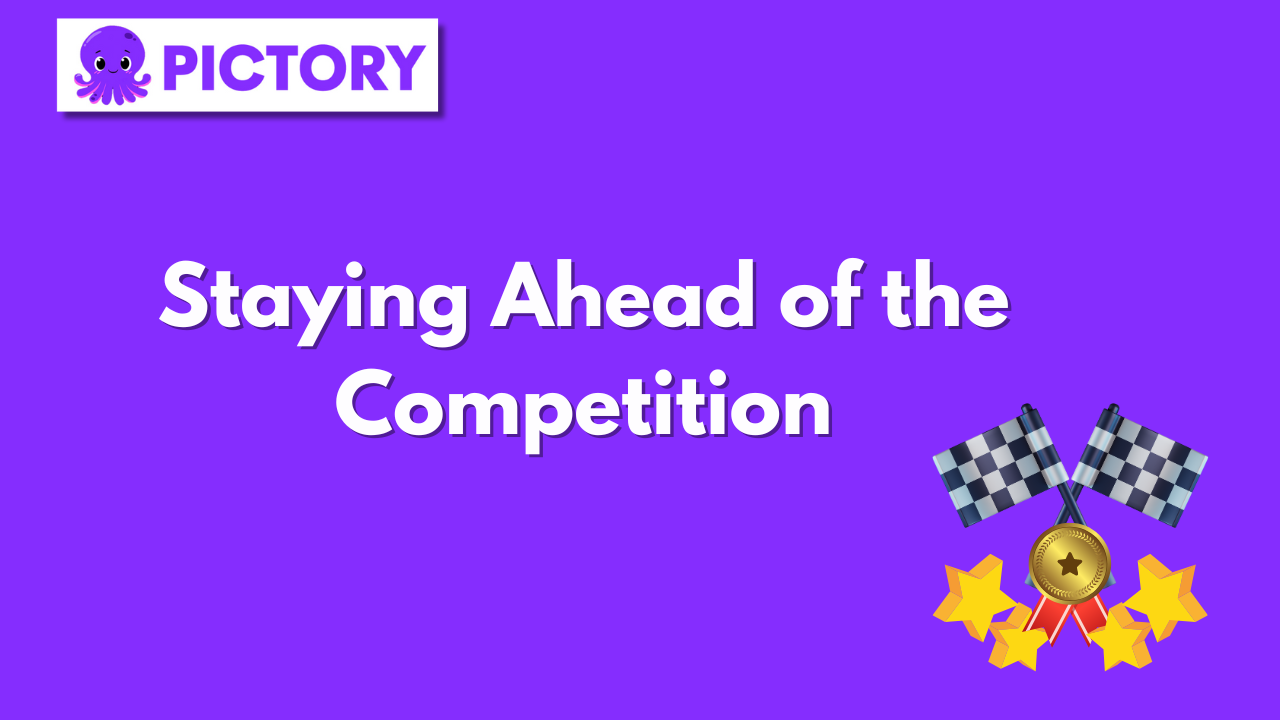
To outshine your competition, it’s crucial to analyze their social media strategies and stay up-to-date with the latest trends and technologies.
By studying your competitors and adapting to new ideas, you can create a more effective social media strategy that resonates with your audience and drives results.
Competitive Analysis
Competitive analysis involves examining your competitors’ social media activities to gain insights into their strategies and tactics.
Utilize tools like Sprout Social, Hootsuite, Agorapulse, BuzzSumo, and Sociality.io to conduct competitive analysis and stay informed about their latest campaigns and performance.
By auditing your competitors’ social media presence regularly, you can identify areas of improvement and potential growth opportunities.
Adapting to New Trends and Technologies
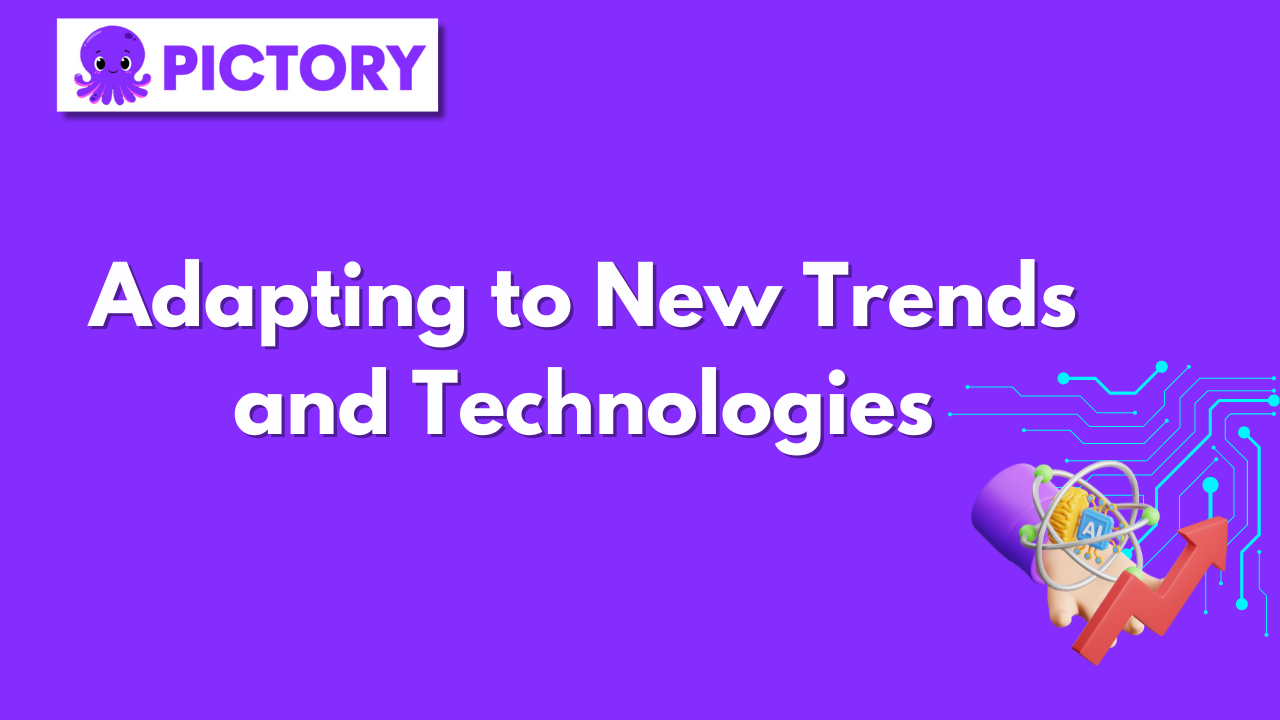
Staying current with new trends and technologies is essential for maintaining a competitive edge in the ever-evolving world of social media.
Research your audience, establish a presence on emerging platforms, and be strategic in your approach.
Keep up with industry news, attend relevant conferences and events, and follow influencers and experts in your niche.
Experiment with new marketing techniques and technologies, such as artificial intelligence, to stay ahead of the curve.
Measuring Success and ROI

Tracking your social media performance and measuring your return on investment (ROI) is crucial in evaluating the success of your campaigns.
By monitoring key performance indicators (KPIs) and using reporting tools, you can gain valuable insights into the effectiveness of your social media marketing efforts and make informed decisions on how to improve your strategy.
Analyzing your data can help you identify which platforms are working best for you, what content resonates with your audience, and how to optimize your campaigns for maximum ROI.
With the right data and insights, you can make the right decisions.
Key Performance Indicators (KPIs)
KPIs are metrics that help you gauge the effectiveness of your social media campaigns.
Some common KPIs include engagement rate, conversion rate, click-through rate, follower growth rate, and return on advertising spend.
By tracking these metrics, you can assess the success of your social media marketing efforts and make data-driven decisions to optimize your strategy.
Tracking and Reporting Tools
Utilizing tracking and reporting tools can provide valuable insights into your social media performance.
Tools like Sprout Social, HubSpot, Hootsuite Analytics, Quintly, and Google Analytics can help you monitor engagement, reach, and impressions.
By analyzing your content and identifying trends, you can make informed decisions on how to improve your social media strategy and achieve better results.
Summary of The Best Social Media Posting Guide 2023
In conclusion, a successful social media strategy requires understanding your target audience and choosing the right platforms.
Crafting engaging content, optimizing posting frequency and timing, leveraging social media tools and features, enhancing customer service, staying ahead of the competition, and measuring success and ROI.
By implementing these tips and tricks, you can elevate your social media presence and outshine your competitors in 2023 and beyond.
So, are you ready to take your social media game to the next level?
Frequently Asked Questions
What are the top media trends for 2023?
2023 promises to be an exciting year for social media trends, with the continued rise of TikTok, increased focus on social listening, the power of social ads, advances in AR and VR, more emphasis on video content, greater use of micro-influencers, and shoppable media all set to come to the fore.
With these developments, businesses will benefit from improved customer service and enhanced engagement across social channels.
What is the most powerful social media marketing strategy in 2023?
The most powerful social media marketing strategy in 2023 will be leveraging influencer campaigns to generate trust and relationships.
By relying on nano and micro-influencers, businesses can target specific audiences that are more likely to respond to their message and convert into customers.
As such, investing in influencer marketing is the key to successful brand building in 2023.
What is the best time to post on Instagram in 2023?
The best time to post on Instagram in 2023 is Monday, Tuesday, and Thursday at 4 PM.
This is when most people are browsing the platform and are more likely to engage with your content.
Avoid posting too early or late in the day for maximum engagement.
For optimal engagement on Instagram in 2023, Mondays, Tuesdays, Wednesdays, and Fridays between 11 am and 1 pm are recommended.
At this time, users are online and actively engaging, making it a great opportunity to interact with potential customers and followers.
Conclusion: The best time to post on Instagram in 2023 is on Mondays, Tuesdays, Wednesdays, and Fridays between 11 am and 1 pm.
This is when people are most active on the platform and more likely to interact with your content, leading to greater engagement.
If you found this article helpful and are looking to set up your own social media channels, check out The Best Guide To Set Up Social Media Channels 2023
And sign up for a FREE Pictory account to start making engaging video content for all your social platforms!

